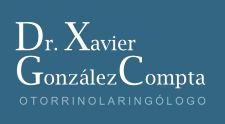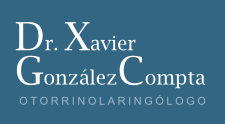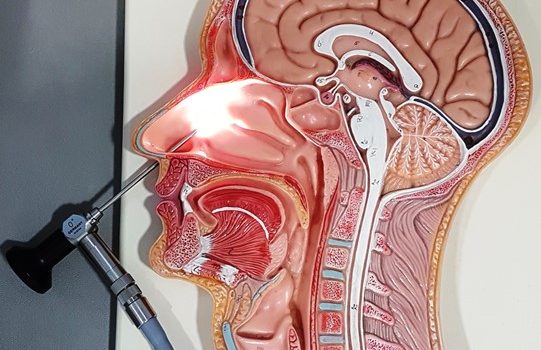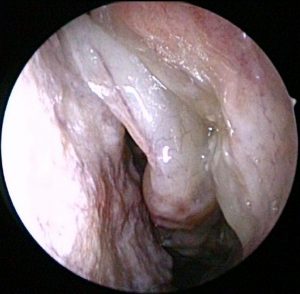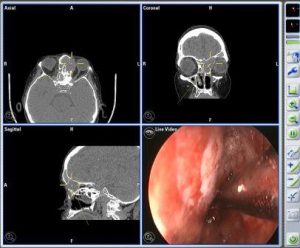The ENDOSCOPIC SINUS SURGERY is performed when the nasal and sinus inflammation are permanent, especially in chronic sinusitis, nasal polyps. or when repeating acute sinusitis do not respond well to medical treatment occur.
The objective of this intervention is to restore normal sinus function using minimal surgical invasion.
Endoscopic sinus surgery is also used together with septoplasty and turbinate surgery, the clouse cerebrospinal fluid leak, the orbital decompression and to treat nasal tumors benign and malignant.
Preoperative
A study with computed tomograpphy sinus scan is necessary for planning surgery, and preoperative tests are done because it is performed under general anesthesia and short hospital stay (maximum one night).
The patient must fast 6-8 hours before surgery.
Intervention
Endoscopic surgery lasts 1-3 hours depending on the complexity of the case.
No external incisions are made and surgery is performed guided by a different cameras, which are inserted into the nose and sinuses and allow us to see in close proximity.
Sometimes is necessary the use of specific techniques such as laser, radiofrequency, microsurgical instruments (debrider, burrs) or surgical navigaton system.
Generally nostrils are plugged with coagulant foam , specific sponges that melt alone or with slide protection plugs that do not bother to be removed.
Sometimes we place special plastic foils at both sides of the wall to prevent the formation of abnormal scars.
Postoperative
The patient has a tamponated nose so it is not possible to breathe through the nose. Due to the normal bleeding through the nose, a gauze is placed under the nose to be changed whenever necessary.
After completing the anesthetic recovery patient is discharged with the necessary instructions regarding medication, repose, Cures, monitoring visit and emergencies.
The 3-4 early days the patient should not be drinking alcohol, smoke, make efforts neither drive. Relative rest is recommended at home, avoiding to blow the nose and make efforts. It is preferable to be sitting or semi-sitting for reducing blood pressure in the head, cephalic congestion and bleeding. It is also recommended to drink plenty of fluids and eat soft and cold during the first days due to the dry throat that causes nasal packing.
Although is not a painful intervention, plugging causes frequent discomfort so different power antiinflammatory are prescribed according to individual tolerance to pain, and antibiotics to prevent superinfection by retained mucus plugs.
Nasal packing is removed in consultation with the 2-6 days, according to patient characteristics and intervention. If nasal sheets have been placed, should remain from 1 and 3 weeks.
It is normal a light bleeding during early 7-10 days and also nasal obstruction or congestion in the first weeks, crusts and nasal secretions, so nasal washes and medical controls are very important.
Normally you can return to normal activity in 1-2 weeks, but it is preferable to avoid exercise during 1 mounth.
Risks and Complications
Endoscopic sinus surgery has a risk of complications that should be known before surgery.
- Scarring between the septum and nasal turbinates (sinechiae)
- Infection (sinusitis)
- Nosebleed (epistaxis)
- Lesion recurrence
- Loss of smell and / or taste
There are also more severe but usually less common complications, such as orbital or ocular lesions, cerebrospinal fluid leak or other anesthetic problems.
